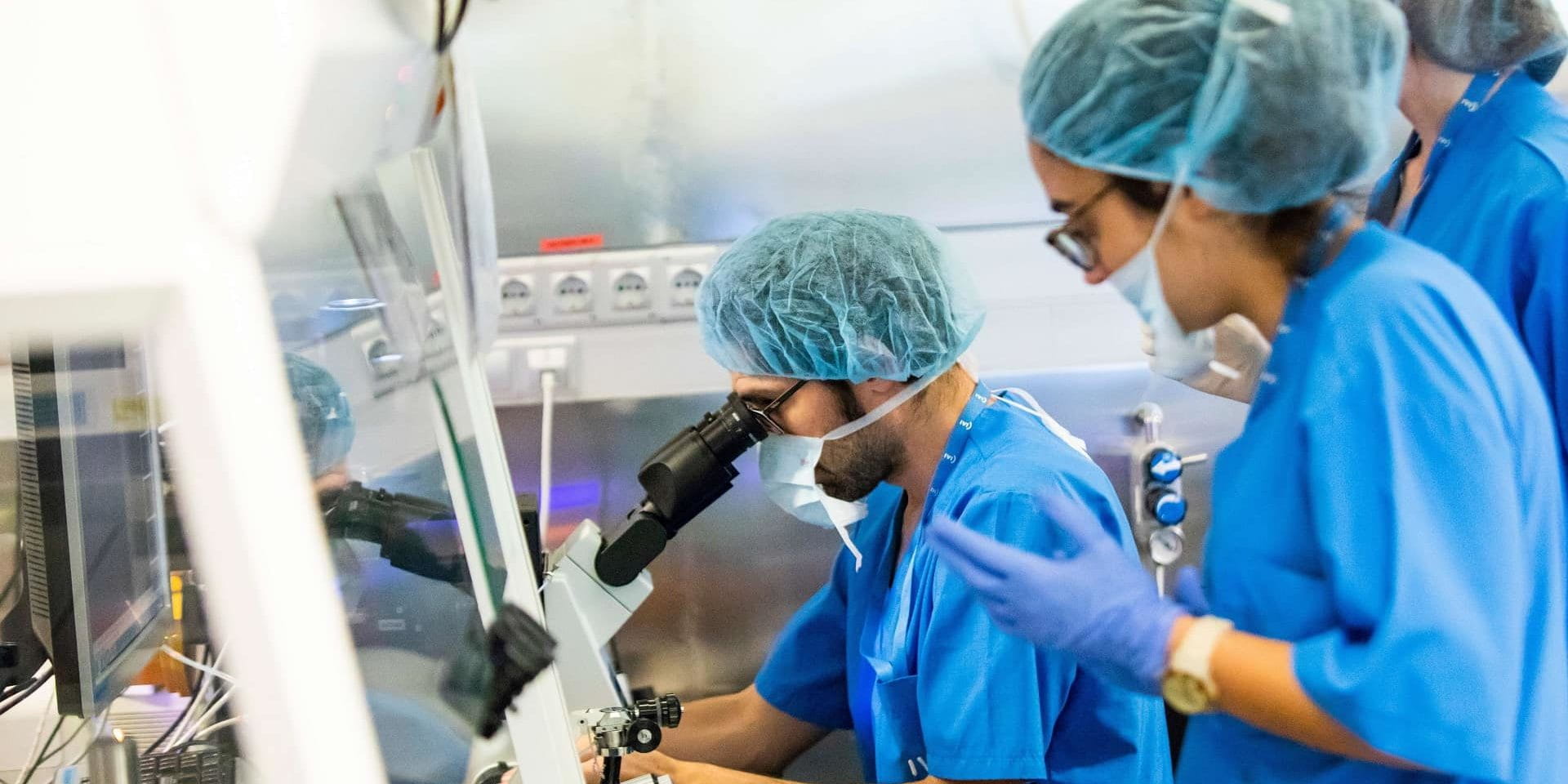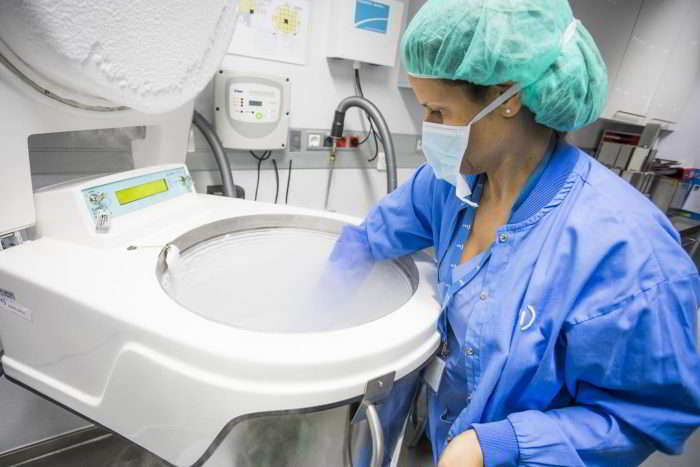

Infertility treatments are available to help those having difficulty getting pregnant to have a healthy child.
Infertility treatments are available to help those having difficulty getting pregnant to have a healthy child. At IVI UK, we offer the following infertility treatments, which you can read further about on their information pages:

Fertility preservation involves freezing and storing eggs, sperm or embryos. These techniques, including Egg Vitrification, are available at all IVI UK clinics. Egg Vitrification, a technique that IVI helped to pioneer, is available for women affected by cancer before chemotherapy/ radiotherapy and for those women wishing to preserve their fertility for future motherhood.
More information